Pendeen Lighthouse
The Tin Coast Lighthouse
Pendeen Lighthouse is an indispensable guide for ships along the spectacular north coast of Cornwall, midway between Land’s End and St. Ives. It is also located in an area of outstanding natural beauty. The Grade II listed lighthouse and associated buildings are situated right at the heart of the Cornwall and West Devon Mining Landscape, a UNESCO World Heritage Site.
Pendeen Lighthouse (Pendeen Watch)
Pendeen, Cornwall, United Kingdom
Celtic Sea
Visited in July 2002 and June 2024

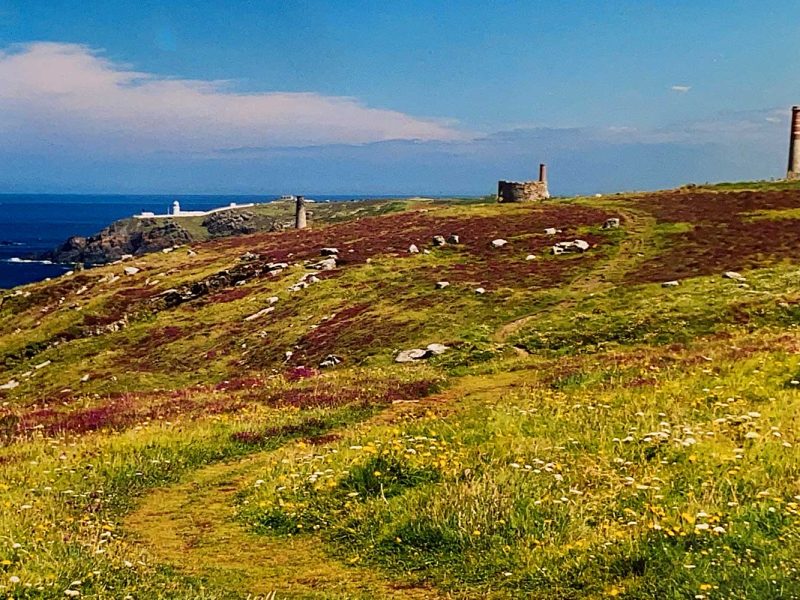
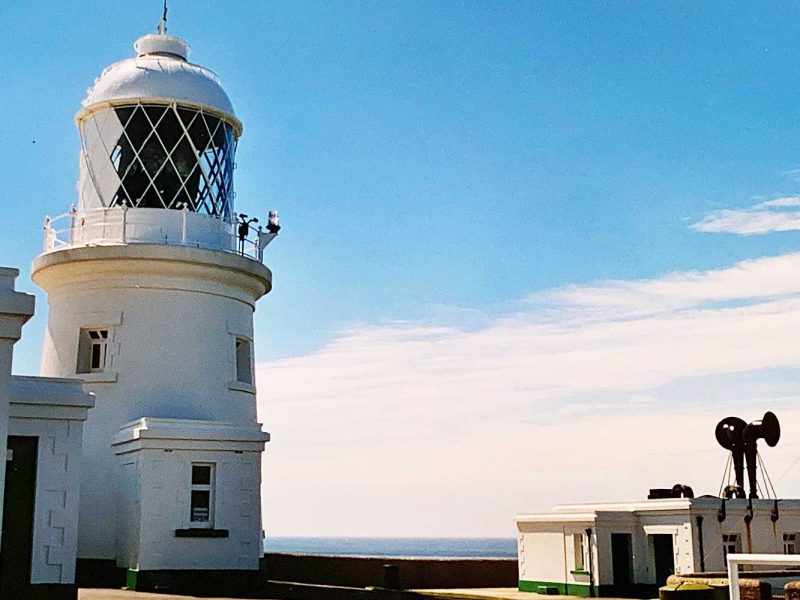

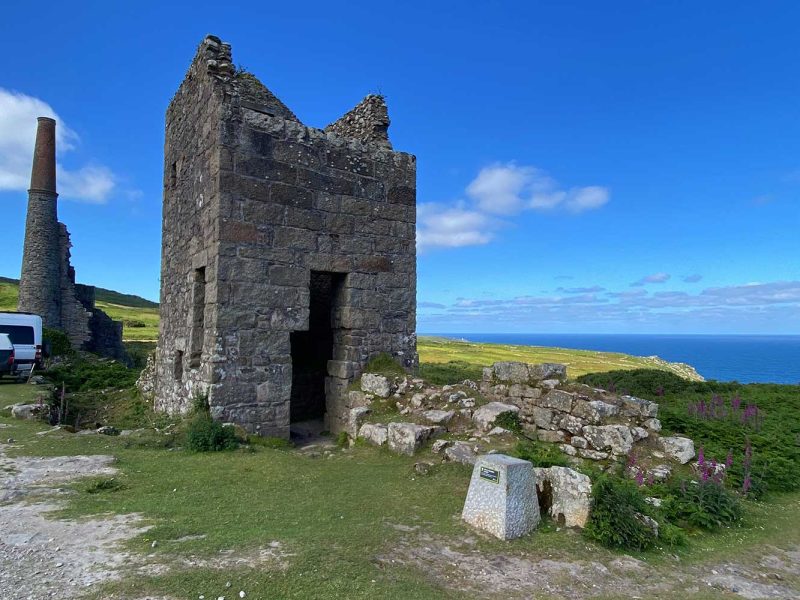
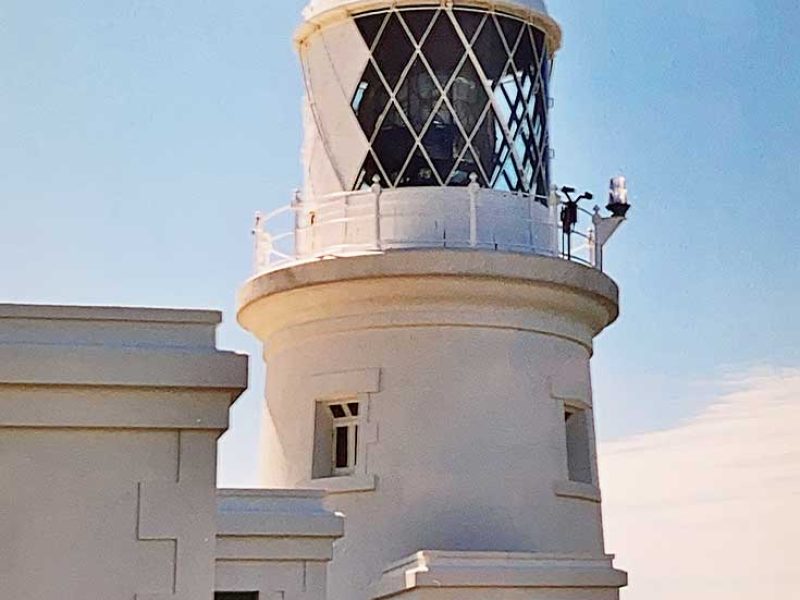
Facts & Figures
Pendeen Lighthouse opened in 1900 on a headland known as Pendeen Watch in the area of St. Just.. The high cliffs made it impossible for ships to see either Trevose Head Lighthouse to the east or Longships Lighthouse to the west. This resulted in many losing their lives along the inhospitable coastline between Cape Cornwall and Gurnards Head.
The tower stands at 17 metres high and is 59 metres above sea level. Three cottages for the resident lighthouse keepers and their families are attached to the tower, with the fourth used as an office and sleeping accommodation for surplus lighthouse keepers.
The lighthouse, its outbuildings and the separate engine house with fog horn are now Grade II listed. In 1926 it was electrified.
It was automated in 1995. The abandoned keepers’ cottages are now rented out by Trinity House for self-catering holidays.
Iconic Chimney Stacks
Pendeen Lighthouse is situated on the wild Tin Coast, offering unparalleled panoramic views and fantastic scenery, as well as an invaluable insight into Cornish mining history. The ruins of the Botallack Mines near St. Just are part of the Cornish and West Devon Mining World Heritage Site and were the perfect location for the popular BBC TV series Poldark. You absolutely have to see Poldark’s Wheal Leisure (in reality West Wheal Owles) and the engine houses of Grambler (in reality Crowns), dramatically clinging to the foot of the cliffs!
The only existing working steam beam engine in Cornwall can be found high up on the exposed cliffs of the Tin Coast: the superbly preserved and thoroughly restored Levant Mine Beam Engine.
Over 100 engine houses operated in the St. Just district during the 19th century and earlier. The entire mine at Botallack closed in 1895 due to falling copper and tin prices.
Botallack is now in the care of the National Trust.
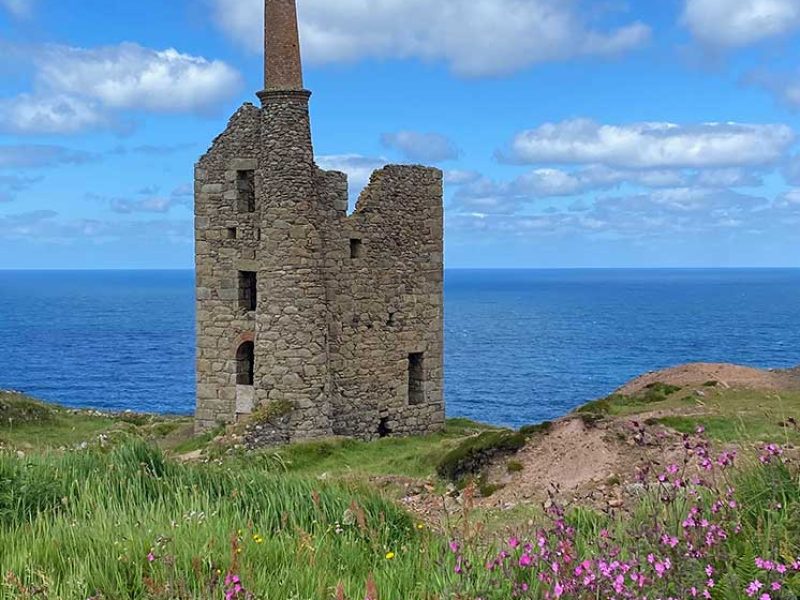
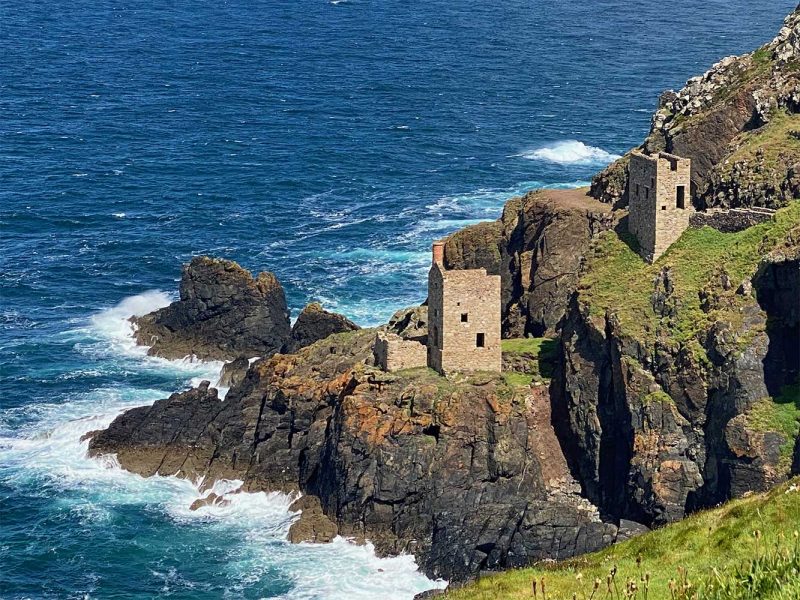
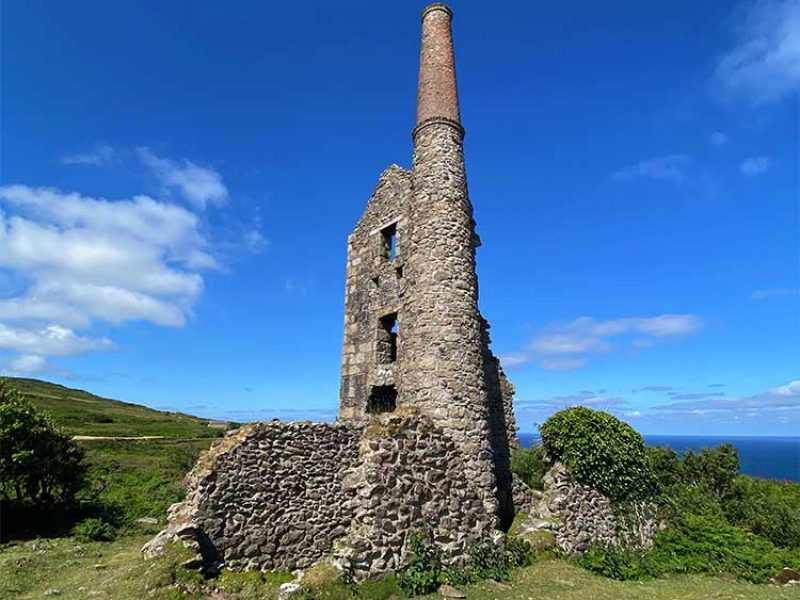
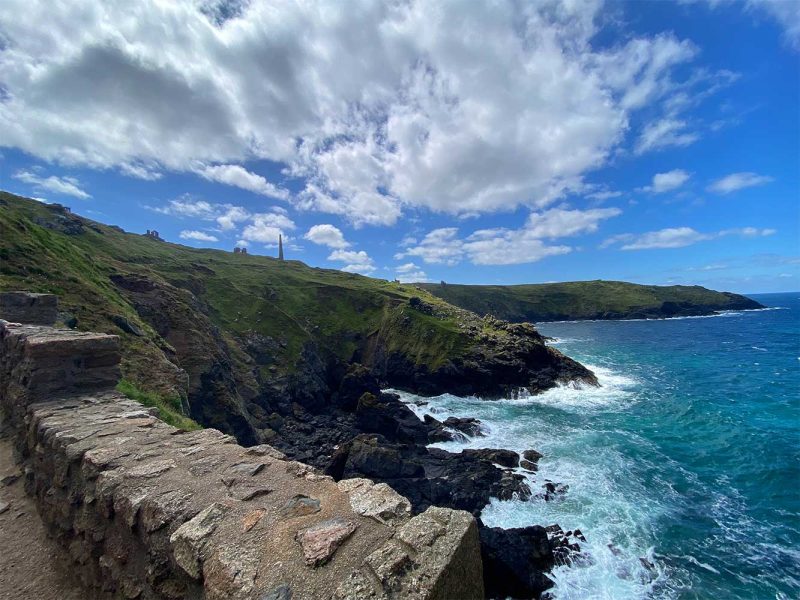
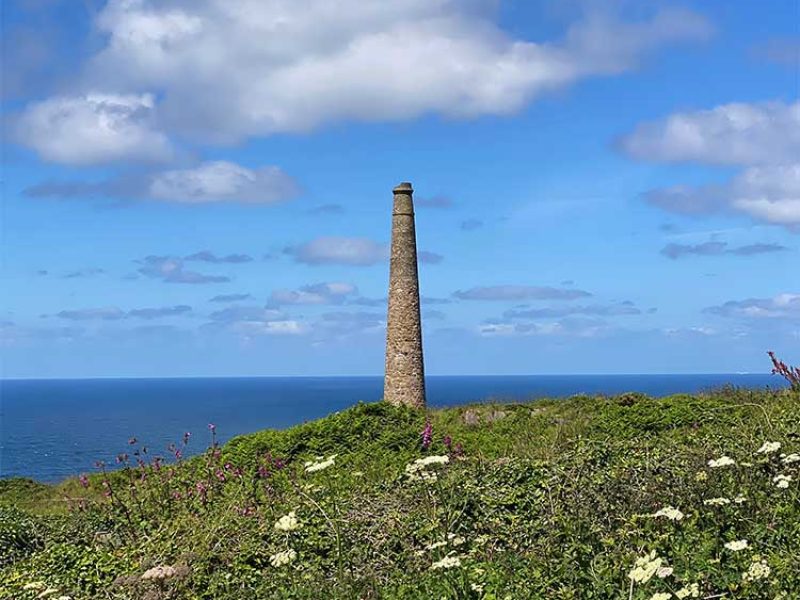
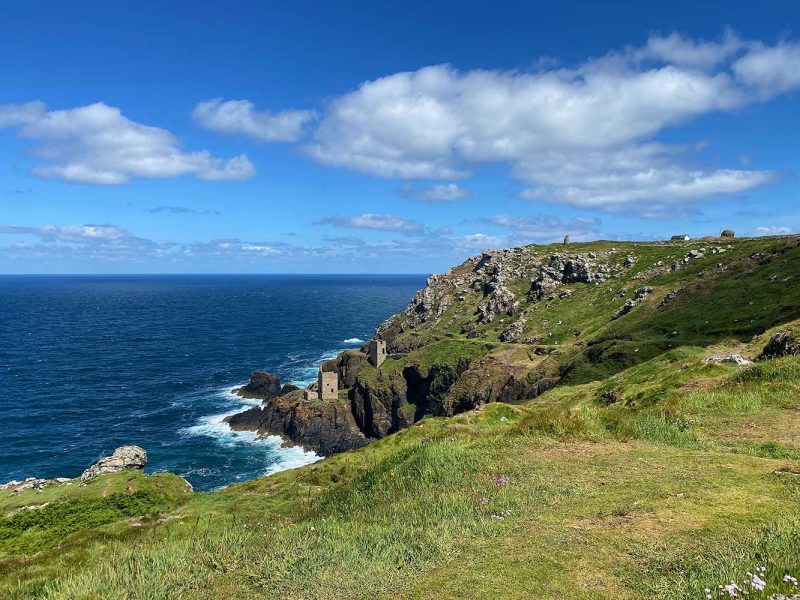
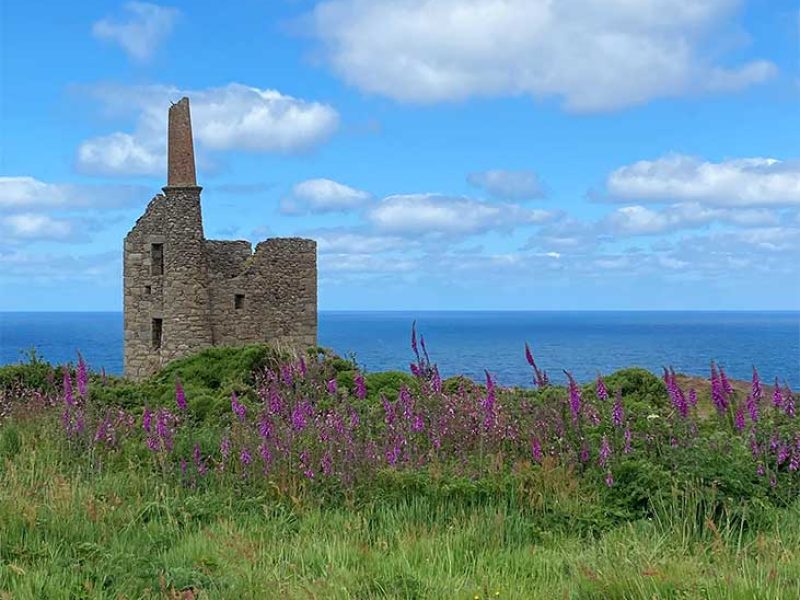
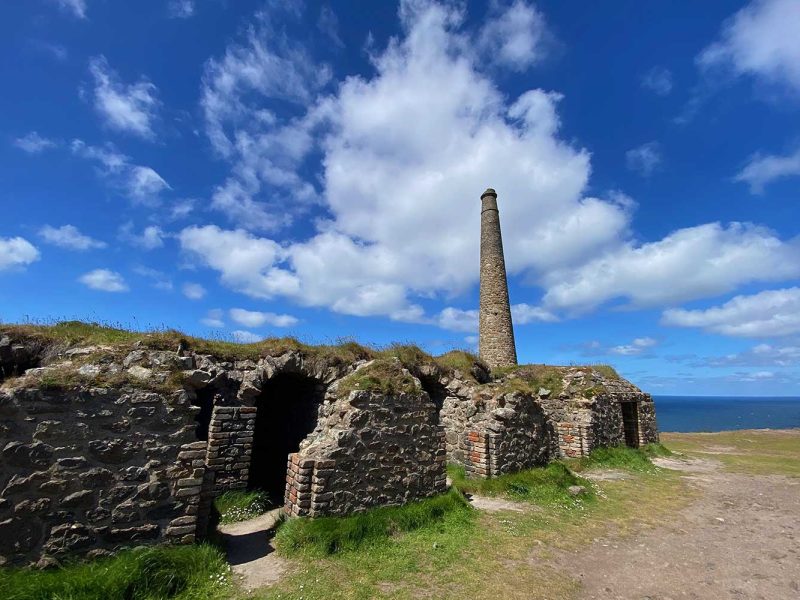
The BBC chose the abandoned chimney stacks and engine houses of Botallack Mines as the setting for the popular series 'Poldark'.
Dangerous Working Conditions
Let’s get one thing straight. Cornwall was not always the idyllic holiday paradise that it is today. The numerous chimney stacks that now adorn the landscape were not viewed as iconic landmarks at the time.
Intensive mining of tin and copper in the eighteenth and nineteenth centuries transformed the unspoilt coast near St. Just into an industrial landscape. Life in that era was far from pleasant! The work in the mine shafts, some of which led far out to sea, was undoubtedly arduous and perilous.
Arsenic production, a by-product of tin mining, was particularly dangerous. It was used to create vibrant green colours in fashion. The tin had to be separated from the ore in large calciners for this purpose. During this process, arsenic and sulphur fumes were drawn through tunnels into the arsenic labyrinth and then out of the tall chimney stack.
Once cooled, mine workers would enter the labyrinth and scrape the arsenic powder from the walls, collecting it. They were given no protection from the toxic fumes other than a handkerchief or cotton wool nose plugs. This was an incredibly dangerous and deadly job. Just a single teaspoon of pure arsenic could kill six people!
The Tavistock Guildhall Visitor Centre & Museum features an excellent exhibition on the history of mining in Tavistock and the surrounding area. Like the St. Just Mining District, Tavistock is part of the Cornwall and West Devon Mining World Heritage Site. The images below, taken at this exhibition, show arsenic production.
Sources: Tavistock Guildhall, Devon’s World Heritage Centre | Arsenic Labyrinth – Botallack Mine, Cornwall Guide

In the so-called labyrinth, workers endured the toxic fumes from the arsenic powder on the walls, with only a handkerchief or cotton wool nose plugs for protection.

The picture is a clear illustration of arsenic sores on the skin, a definitive proof of the adverse effects of green arsenic dyes or the work in the arsenic labyrinth.
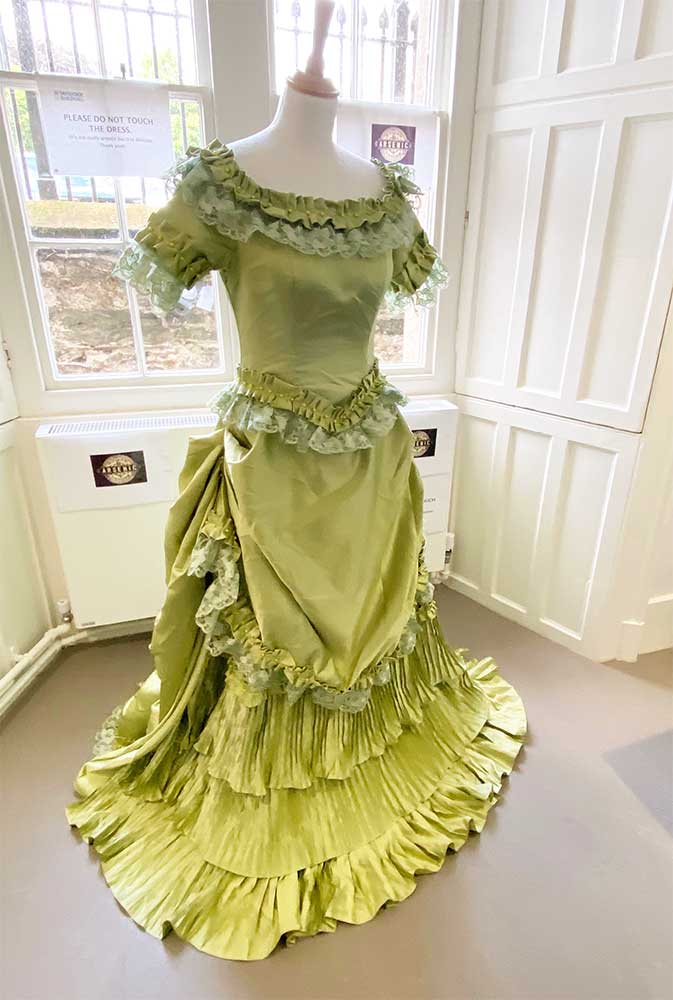
In the Victorian Age, arsenic was used to create vibrant green colours in fashion. These dyes had multiple side effects, including ulcers and skin rashes in women who wore green ballgowns and gloves, hair loss and liver and kidney problems in others, and fatigue, nausea, and anaemia in many.
Cape Cornwall – one of only two capes in the UK
Cape Cornwall is a small headland near the town of St Just. It was previously thought to be the most westerly point in England, but precise measurements revealed that Land’s End is in fact the most westerly point.
A cape is the point of land where two bodies of water meet. Cape Cornwall marks the spot where the Atlantic is divided into the Bristol Channel and the Irish Sea to the north and the English Channel to the south. Cape Cornwall is one of only two capes in the whole of the United Kingdom. The other is Cape Wrath, in north-west Scotland.
The chimney stack near the peak of the cape dates back to 1894, when the Cape Cornwall Mine was in operation, extracting tin and copper from under the sea. The site is now part of the Cornwall and West Devon Mining Landscape, a UNESCO World Heritage Site. The mine’s chimney was retained as a historic monument and an aid to navigation.
In 1987, the mine site was purchased by the H.J. Heinz Company as part of their centenary celebrations and donated to the nation. The National Trust is responsible for its upkeep.
The twin-peaked islets sitting a mile out in the sea at Cape Cornwall are called The Brisons. Locals fondly call them ‘General de Gaulle in his bath’ after the French army officer and statesman. They resemble a man lying on his back, hence the name. The Brisons are mostly infamous for being the cause of various shipwrecks that befell vessels off this rough and heavily-mined coast.
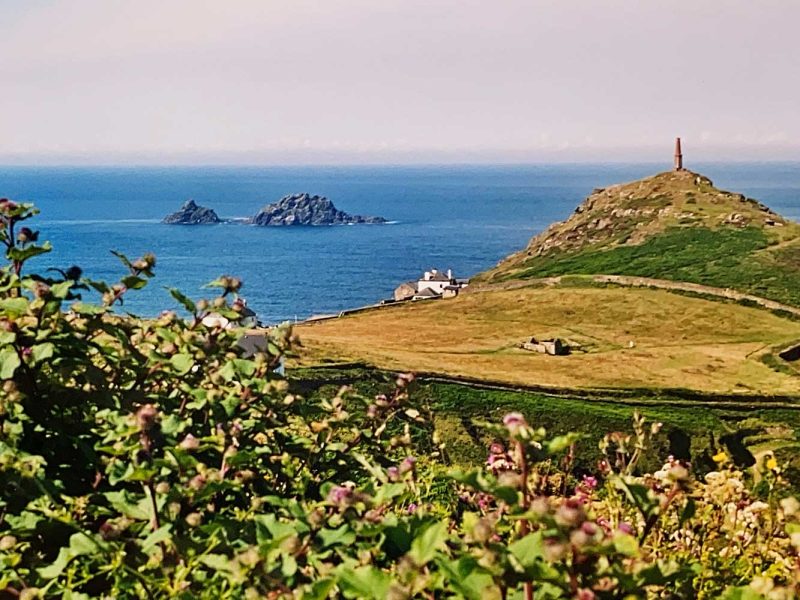
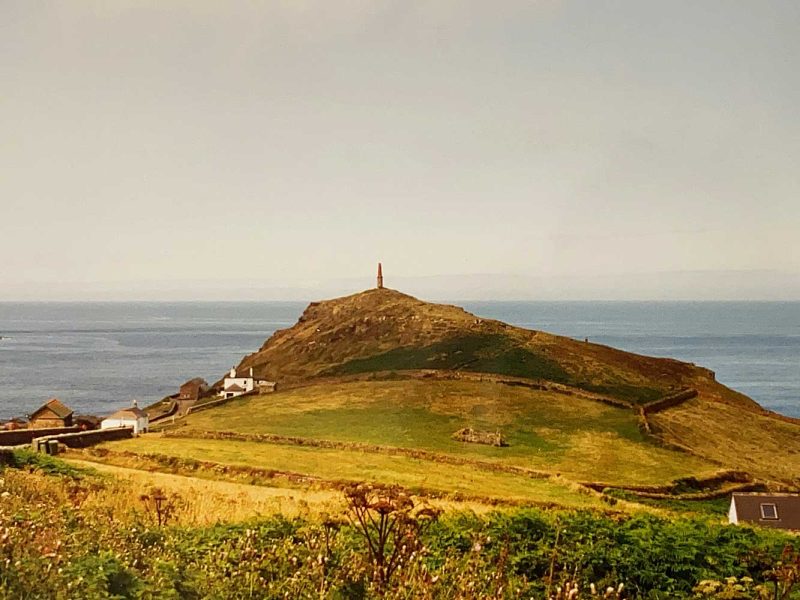
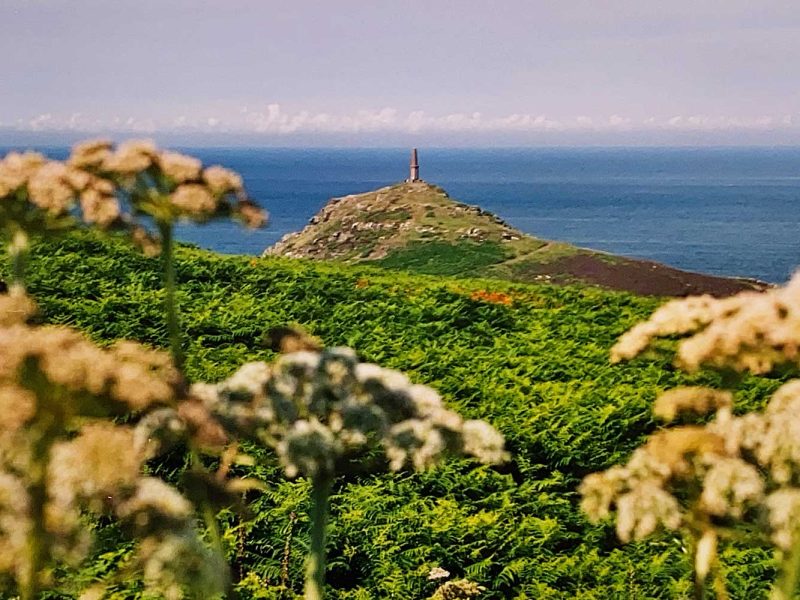
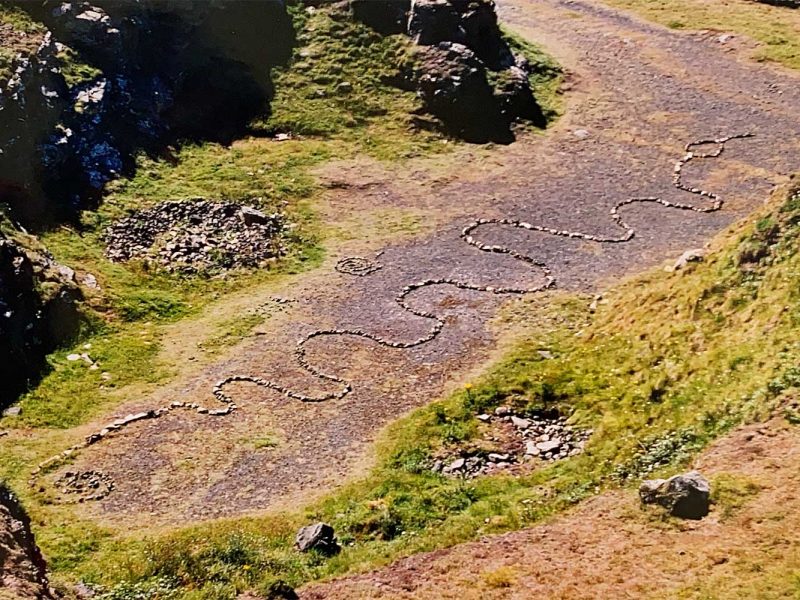
The chimney stack, a remnant of the former tin mine at Cape Cornwall, is now a monument and a vital navigational aid for seafarers. The Brisons,
the twin-peaked islets off Cape Cornwall, unmistakably resemble a man lying on his back and are known locally as the 'General de Gaulle in his bath'.
You Can't Get Enough?
Here you can find some of the other lighthouses that I have visited.











